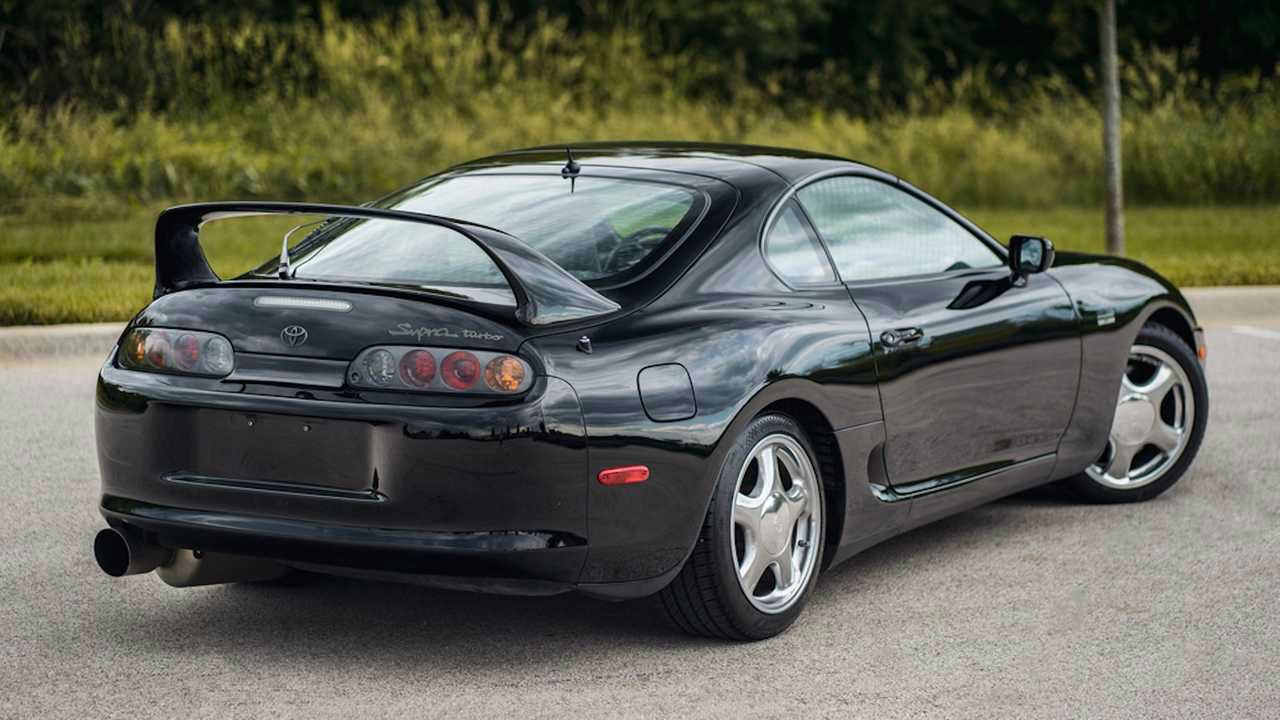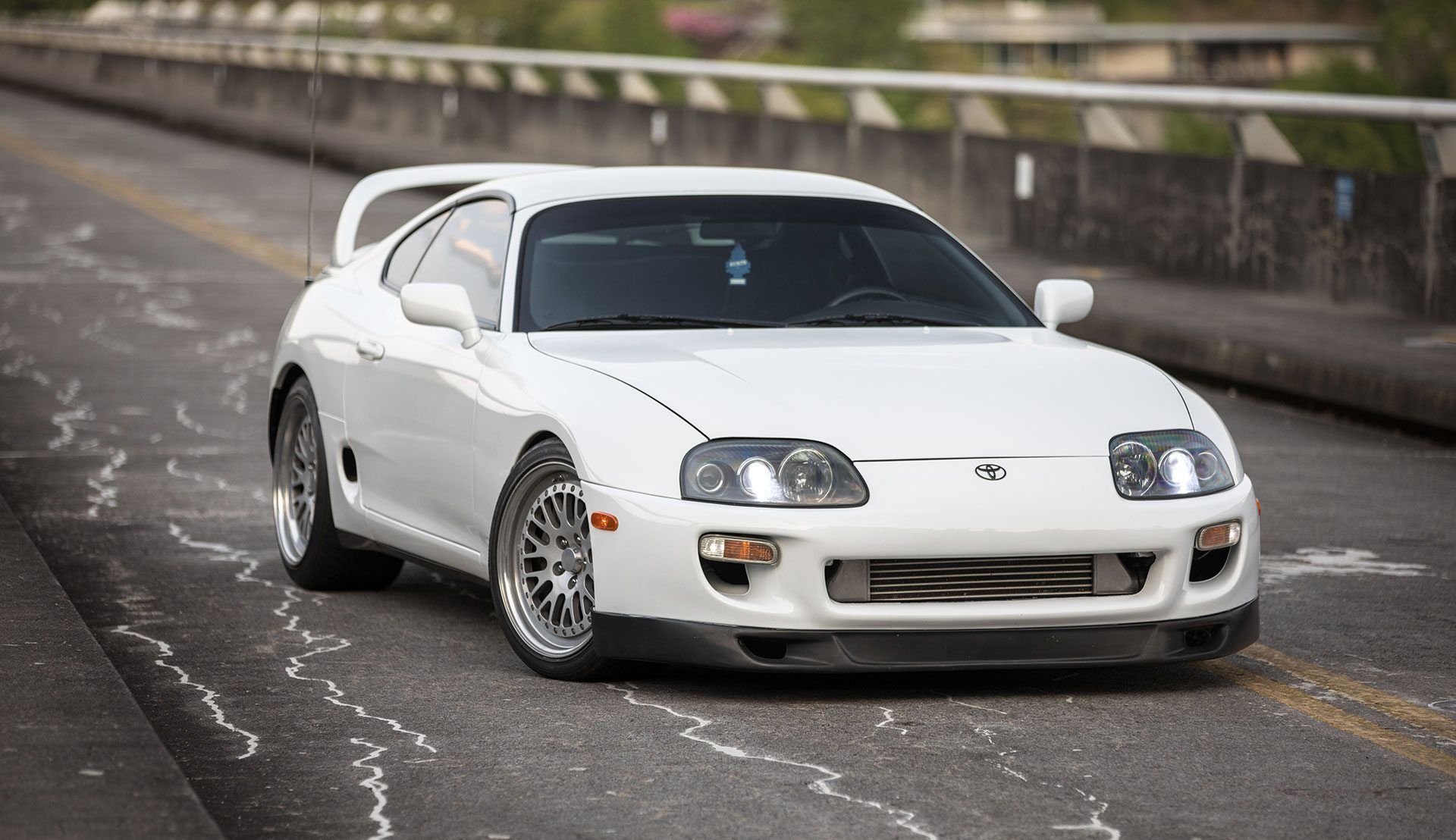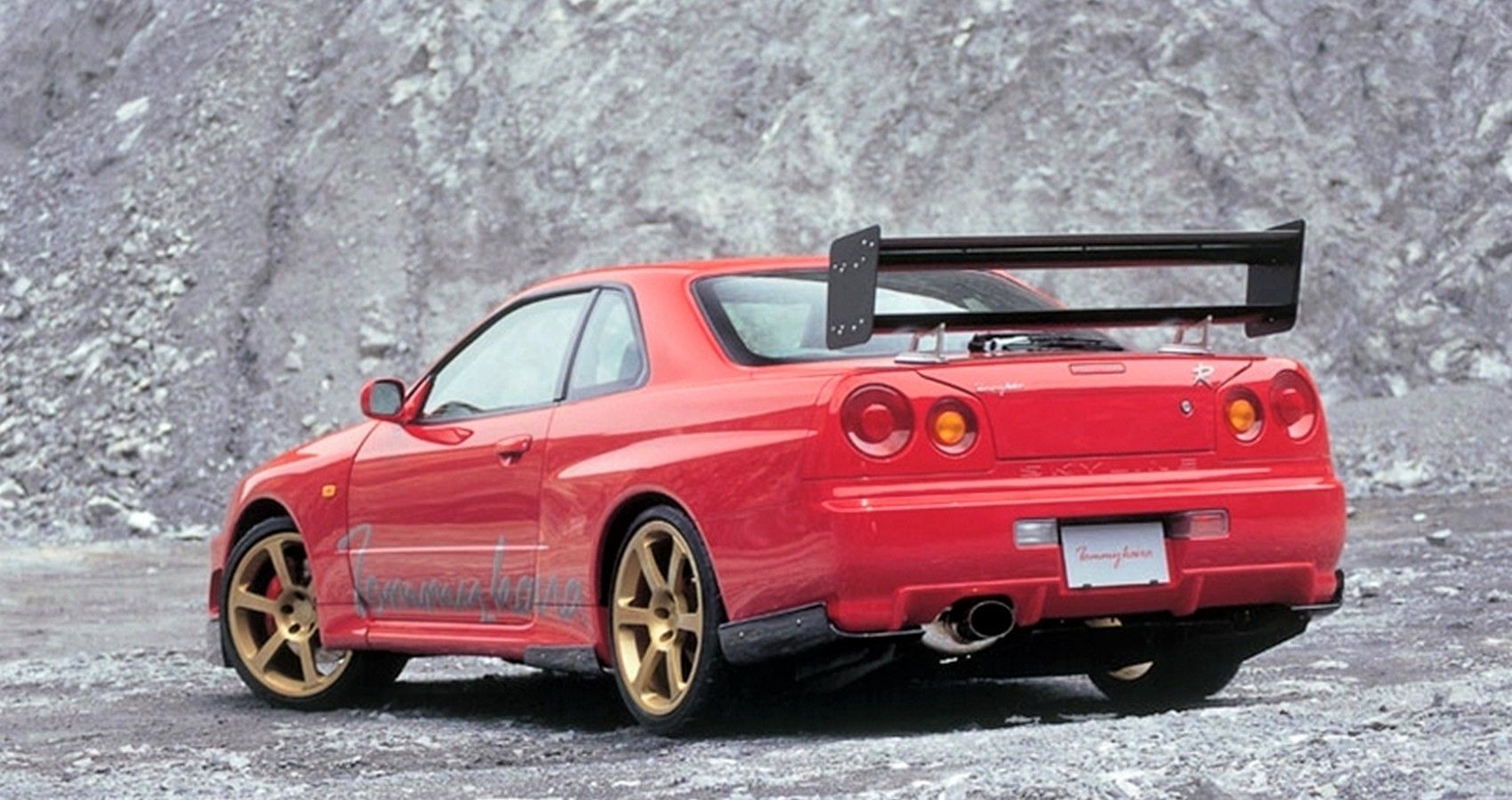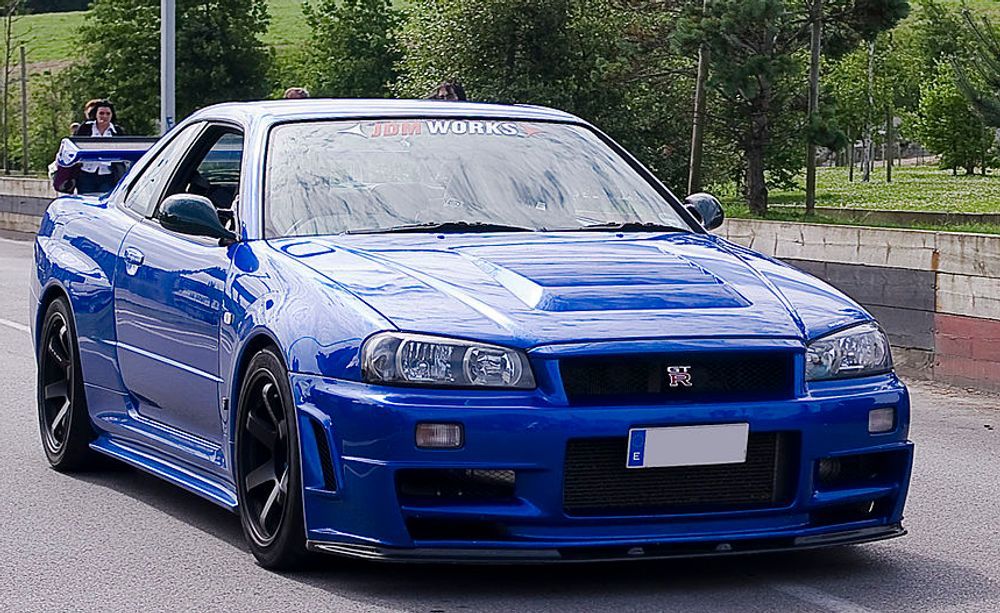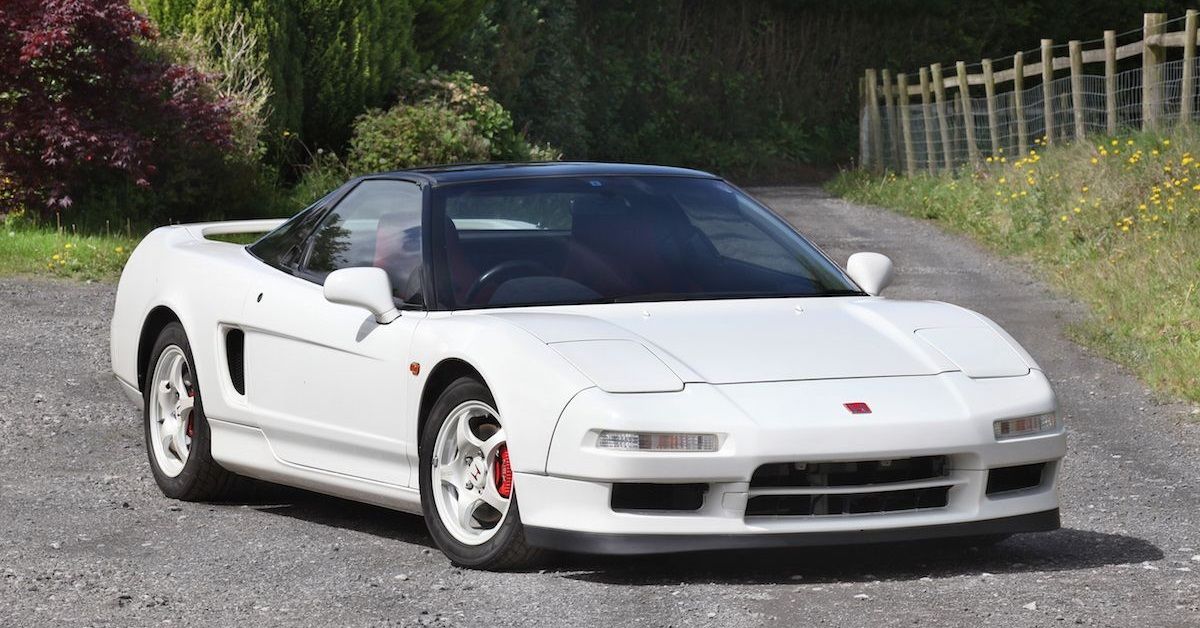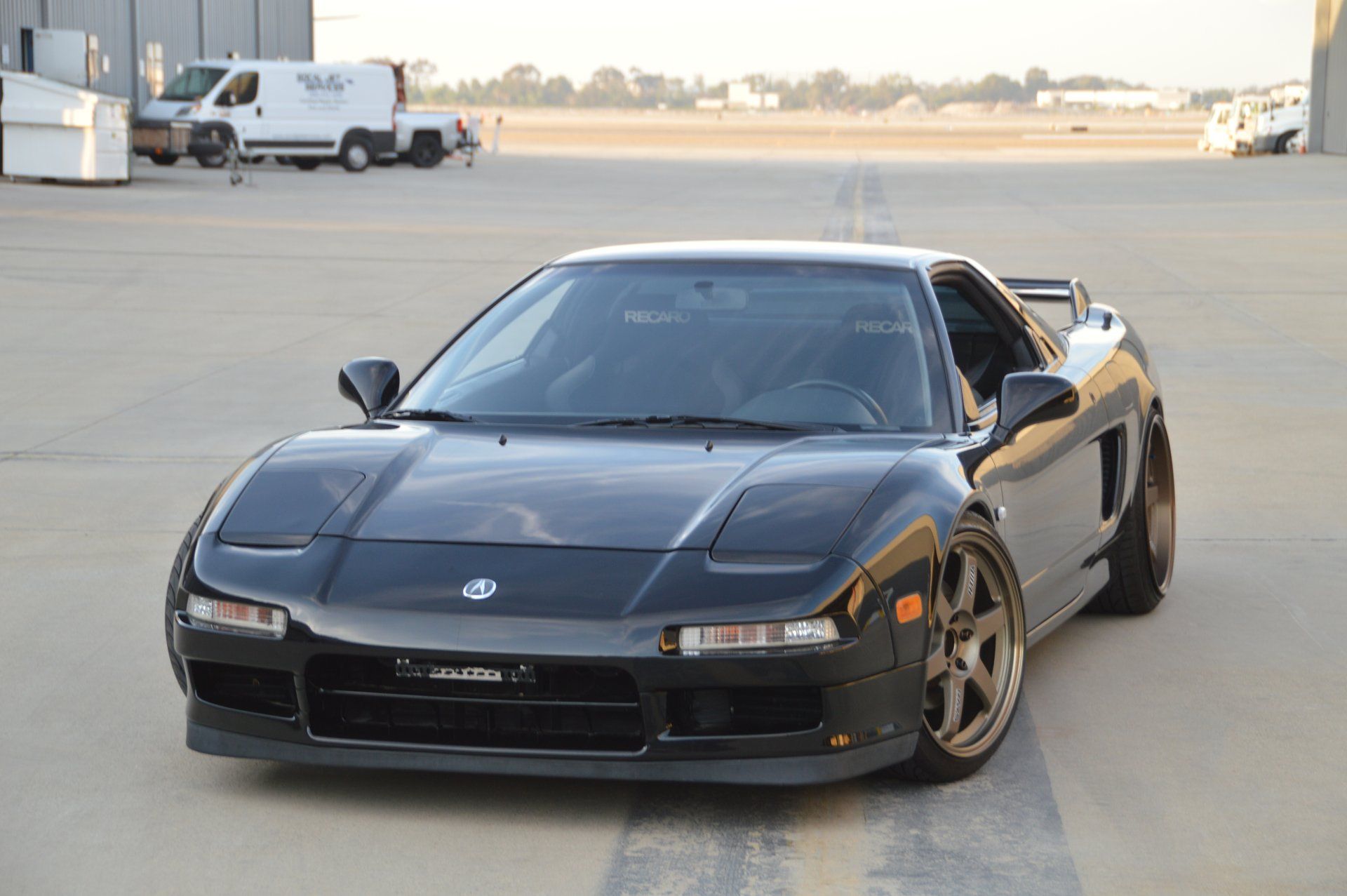If you're a fan of the retro styling and performance of the '90s classic sports cars, one of your major issues of concern would be the reliability of these cars. No one wants to get an unreliable car as it would quickly change your dream into a nightmare.
The '90s represents a golden age where cars offered performance and handling for all car enthusiasts, from the budget-conscious to those ready to go all out. Today, SUVs have taken over the consumer market, but in the '90s, people's favorite way of flaunting their bank accounts, and their appreciation for automotive technology, sleek styling, and driving dynamics was by buying two-door performance coupes. Although many performance cars can turn out to be expensive and unreliable, Japanese engineers were dedicated to making cars for the consumers that challenge this narrative. So in the '90s, Japanese manufacturers were churning out hit after hit of awesome driving machines. Here are the decade's most reliable JDM performance cars.
10 Nissan 240SX
Nissan 240SX is somewhat of a Lego puzzle for performance car fanatics. Its classic long hood looks and fun driving characteristics make up the appeal of this car. It was the North American coupe variant of the S13 and S14 chassis. When it came out, it was equipped with either a KA-24E (1989-1990) or a KA-24DE (1991-1999) engine, which had only a few goodies in difference, such as the cams. The first generation 240SX was a pretty simple Nissan with a naturally aspirated engine with the typical early '90s look and, of course, pop-up headlights. It came as either a four-speed automatic or a five-speed manual. There were options of coupes, fastbacks, or even a convertible to cater to everyone's needs.
Over time, the engine received various updates including more valves, sports packages, and even the rare four-wheel steering. It got a decent reception from the onset because it was nimble and maneuverable, thanks to a multi-link independent rear suspension. Just like many other cars on this list, as the hype for tuner Japanese vehicles skyrocketed, the 240SX platform became an immediate go-to for after-market enthusiasts due to its solid foundation.
9 Toyota Celica GT-4
Toyota's answer to the all-wheel-drive rally car came in form of the Celica GT-4. They won the 1989 Australia rally with the ST-165. After that, the ST-185 won the WRC drivers championship from 1992-1994 and the most recent of the bunch, the ST-205, went ahead to win in 1995. While the four-wheel-drive system with excellent handling was one of the main reasons it won these championships, this car's drivetrain was virtually bulletproof.
The drivetrain is so poised and can handle twisty bends off-road nicely. Just point it, and the car goes there, as though it's sitting on rails. The four-wheel drive version might weigh a bit more than the two-wheel version (GT), but all things considered, it still feels pretty lightweight. It's considered to be the baby brother of Toyota's legendary Supra and is good for throwing mods at it to stretch its performance limits.
8 Honda S2000
People are obsessed with an S2000 for various reasons. It came out in 1999, barely making it a '90s car, but nonetheless, it holds up pretty decently against other cars to make it to the top 10. Made to be a driver's car, each feature in the cockpit is centered toward the driver. Driven by a 2.0L inline-four DOHC-VTEC engine, this little car can punch above its weight and complete a 0-60Mph sprint in just about 6 seconds. It can achieve a top speed of just over 158mph.
Although realistically it could cost a lot to turbo an S2000, it's possible, as well as various other mods, since the engine can make much more power by design. The reliability stats of this convertible are through the roof, as owners have reported clocking over 300,000 miles on average without any issues.
7 Mitsubishi 3000GT VR-4
The Mitsubishi 3000GT VR-4 was a 1990's icon, and could easily be the most beautifully styled JDM car from this era. A very fun car to drive, that makes tonnes of power, and that will bury you in the seat once those turbos kick in. The VR-4 was every gear head's choice for the best bang for the buck, who would then cheaply tune them into beasts to be reckoned with. It is even said that the Japanese Highway Patrol would strip these VR-4s, get some HKS tuning and add roll gauges, then use them to catch bad guys.
Although it's not deemed to be as desirable as a Nissan Skyline GT-R, or an MK4 Supra, this Mitsubishi sportscar is definitely more affordable in the current market, but also a superb kit worthy of its own praise. When they debuted new, they were quite reliable. Non-turbocharged versions will be more reliable today in the used market, but with proper care, even the turbocharged rockets will pass a reliability test.
6 Subaru Impreza WRX STI
Arguably one of the greatest rally cars of all time is the Subaru 22b STI. This thing wasn't just a standard two-door Impreza slapped with some stickers and a body kit to make it a special edition. The 22b was made to be a road-going version of Subaru's 1997 world rally car and is arguably the best Subaru ever. It was powered by a hand-assembled, heavily modified, and increased displacement remake of the already potent flat-four engine. Of course, power is sent to all four wheels through a six-speed manual to Subaru's Symmetric all-wheel-drive system.
While the special edition STI came in limited numbers (Only 425 were made), the original STI (1994-2000) is still considered to be a pure race car. It proved its reliability by dominating the WRC for several years, thanks to its lightweight and uncompromising character.
5 Mitsubishi Lancer Evolution
Once a conversation starts about the WRX STI, shortly after, Mitsubishi's Lance Evolution quickly finds a way to join the conversation. The "Evo" is the "Subbie's" arch rival in racing, and for notable reasons. Unfortunately, the Evo got discontinued after a 24-year run in 2016. Although the Evo VII was the first available generation in the U.S market, the Evo VI is regarded as the most important. The Evo six was properly lightweight and took the credit for interrupting the WRX STI's winning streak.
As opposed to the WRX's flat-four, the Evo featured a more traditional inline-four layout in its legendary 4G63T engine. It was good for 276 horsepower and 275 pound-feet of torque. This power was translated to the super-all-wheel-drive system through a close-ratio five-speed manual transmission. For a car weighing 3000 pounds, it could manage an impressive 4.7 seconds going from a standstill to 60mph.
4 Mazda RX-7 FD
Of course, this list had to appreciate a rotary, and why not pick arguably the best of them all; the sequentially twin-turbo Mazda FD Rx-7. It's revered mainly for its excellent power-to-weight ratio. It tips the scale at just below 2800 pounds, making it one of the lightest cars on this list, one great advantage of a rotary engine. Clever suspension design, low center of gravity, and a perfect 50-50 weight distribution coupled with smooth power from the engine make the FD one of the best handling cars of all time.
Manufacturers ditched rotary engines in favor of piston engines owing to poorer fuel economy, seal durability issues, and high emissions. However, Mazda stuck long after other manufacturers in this respect. The RX-7 could make remarkably great power from a more compact unit compared to piston engines at the time. It also had fewer moving parts compared to piston engines, meaning lower maintenance costs in the long run. The design made it easy to resolve any typical issues that may arise. Although it is exhaustive work, rebuilding the RX-7 engine every 150,000 miles can keep it running forever.
3 Toyota Supra Mk IV
As far as JDM cars from the '90s go, the Toyota Supra is notably coveted, with what can be said to be a cult-like following. Thanks to the "Fast and Furious" movie, the fourth generation quickly rose to fame. The coolest A80 Toyota was the turbo manual version, the undoubted poster child of 90s performance cars. A curvy body design and a classic long hood gave it a sporty look that was then backed by its serious performance abilities.
Under the hood sits the now legendary 2JZ GTE 3L twin-turbo inline-six. Stock, the engine respected the Japanese manufacturers' gentleman's agreement power limit of 276 horsepower. However, it was over-engineered to handle way more power in real-life use, meaning that a few standard mods had you making well over 400 horsepower in no time. Once the tuning community realized that the 2JZ was virtually bulletproof, the sky became the limit, and it's now commonplace to find these machines reliably making 1000 horsepower without breaking a sweat.
2 Nissan Skyline GT-R R34
Sneaking into the 90s by just 12 months is Nissan's R34 Skyline GT-R, which, like the Supra, has a massive, cult-like following. The R-34 was the fifth generation Skyline GT-R and the third incarnation of the all-wheel drive twin-turbo straight-six layout. The R-34 shed some size and weight from what was the preceding R-33, making it a more modern, compact, and now iconic sports car.
The drivetrain is powered by the legendary RB26 DETT engine that rivals Toyota's 2JZ. The RB26 was nicknamed 'Godzilla,' due to its dominance in motorsport since 1989. The R-34's version received some upgrades, and so did the sophisticated all-wheel-drive system. While the standard R-34 is brilliant, the fun begins when a gear head starts fiddling with the oily and electronic bits, as its robust mechanical package can reliably handle anything thrown at it to boost performance.
1 1991 Honda NSX
Right, the Honda NSX takes first place, again. Yes, it's one thing to be an iconic Japanese performance car, but it's an entirely different achievement to 'inspire' the likes of Lamborghini and Ferrari to go back to the drawing board and design more reliable, more livable, more complete cars without compromising on that supercar theater. The NSX wins the Top 10 not just because of its perfect steering balance, or its phenomenal chassis dynamics honed by racing legend Ayrton Senna, but because it changed the game at the very top of consumer-level auto engineering.
The NSX took on the likes of Ferrari, Lamborghini, and Lotus, and created a car that was more involving and engaging to drive, while having supercar characteristics, and lapped most circuits faster all while being completely reliable. Contrary to these conventional supercars, an NSX costs tens of thousands of dollars less to buy and is relatively inexpensive to service. Compared to other homegrown rivals on this list such as the Supra, it doesn't need a few tasty mods to come fully alive, as it is simply perfect out of the showroom.

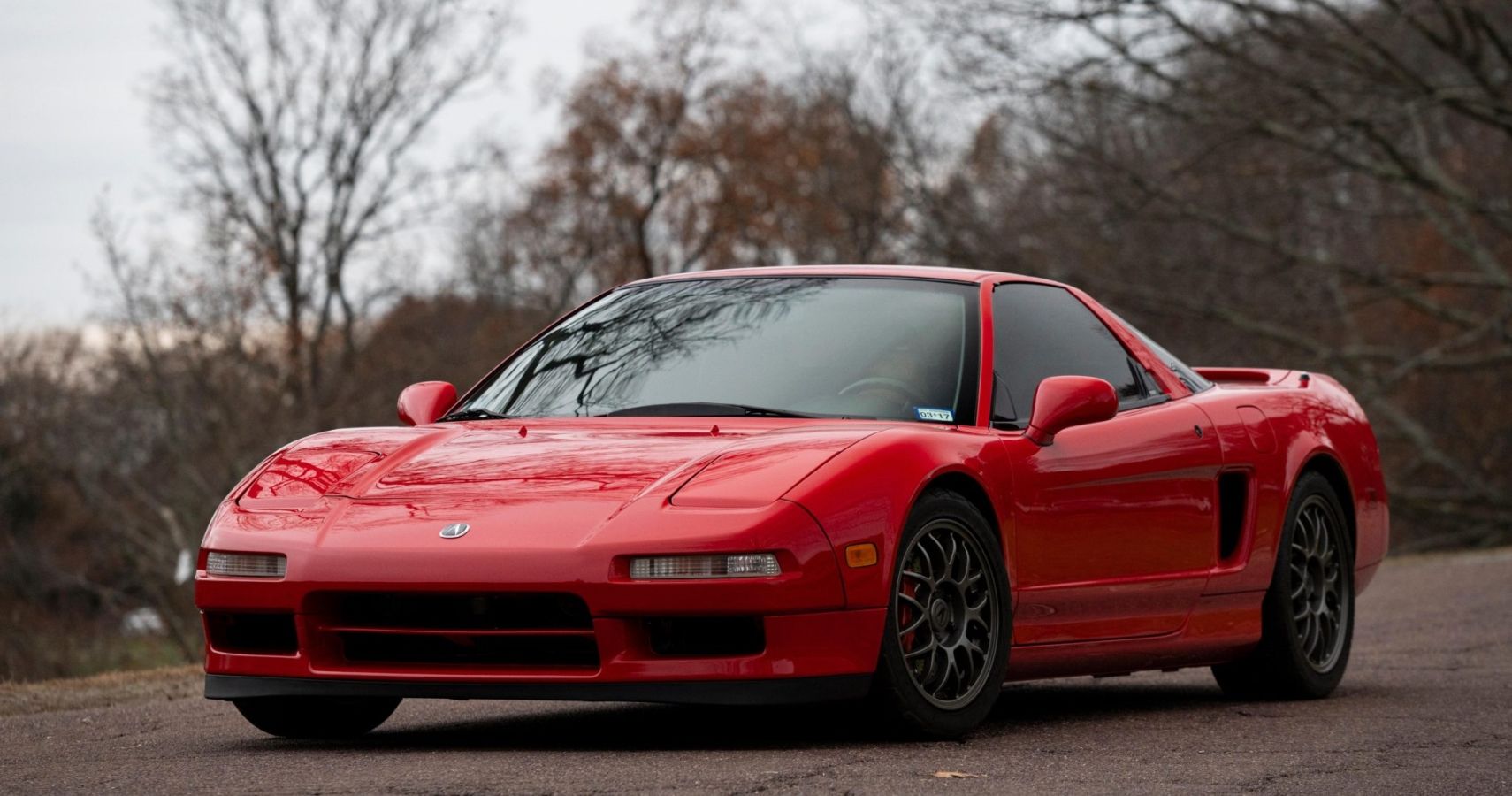
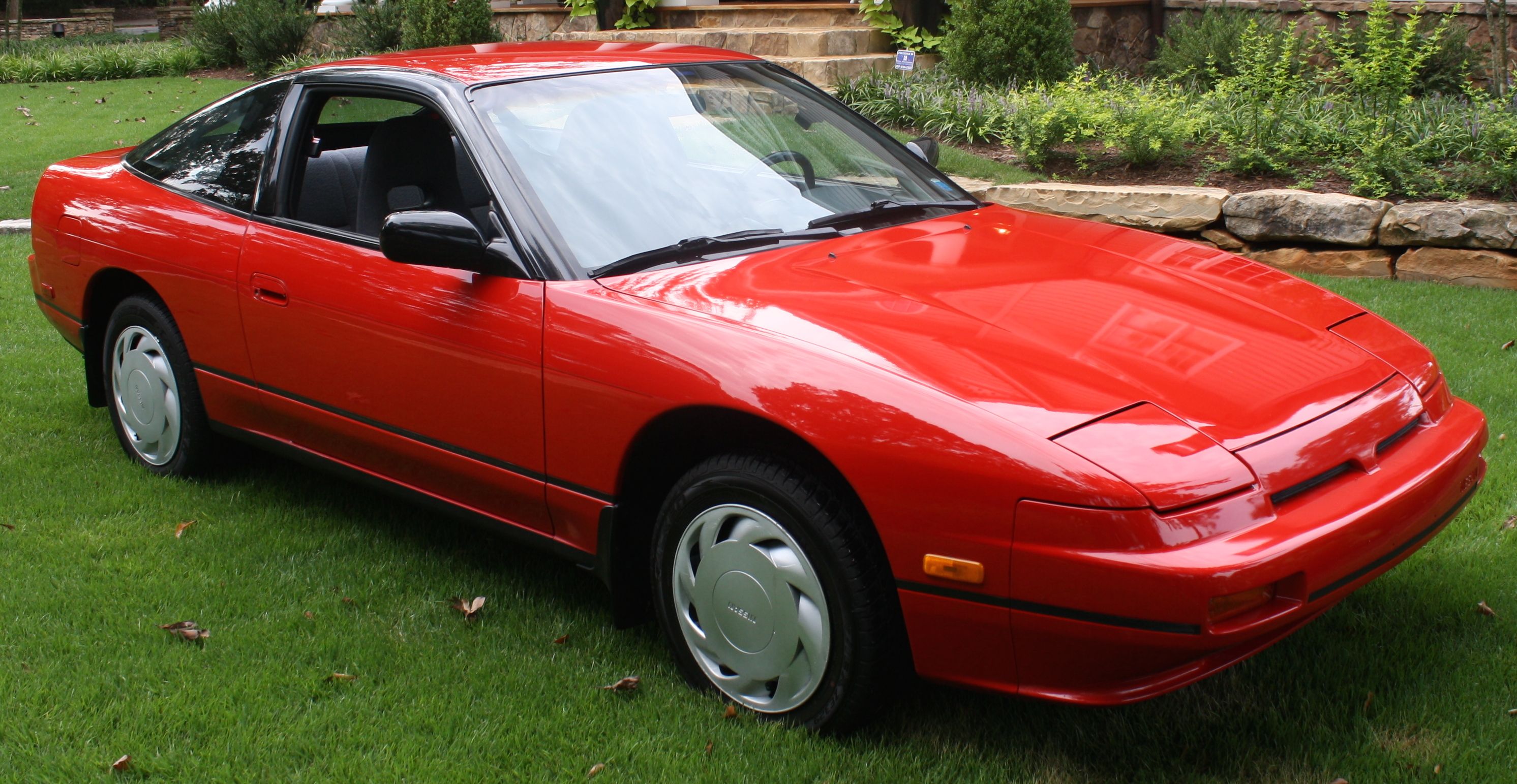
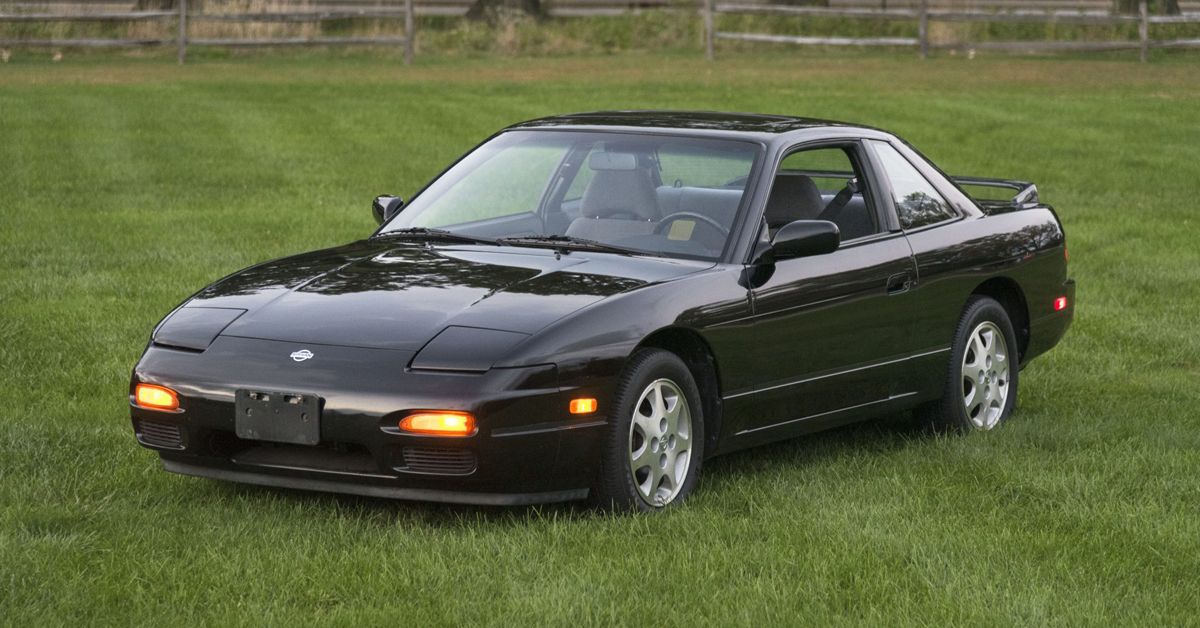
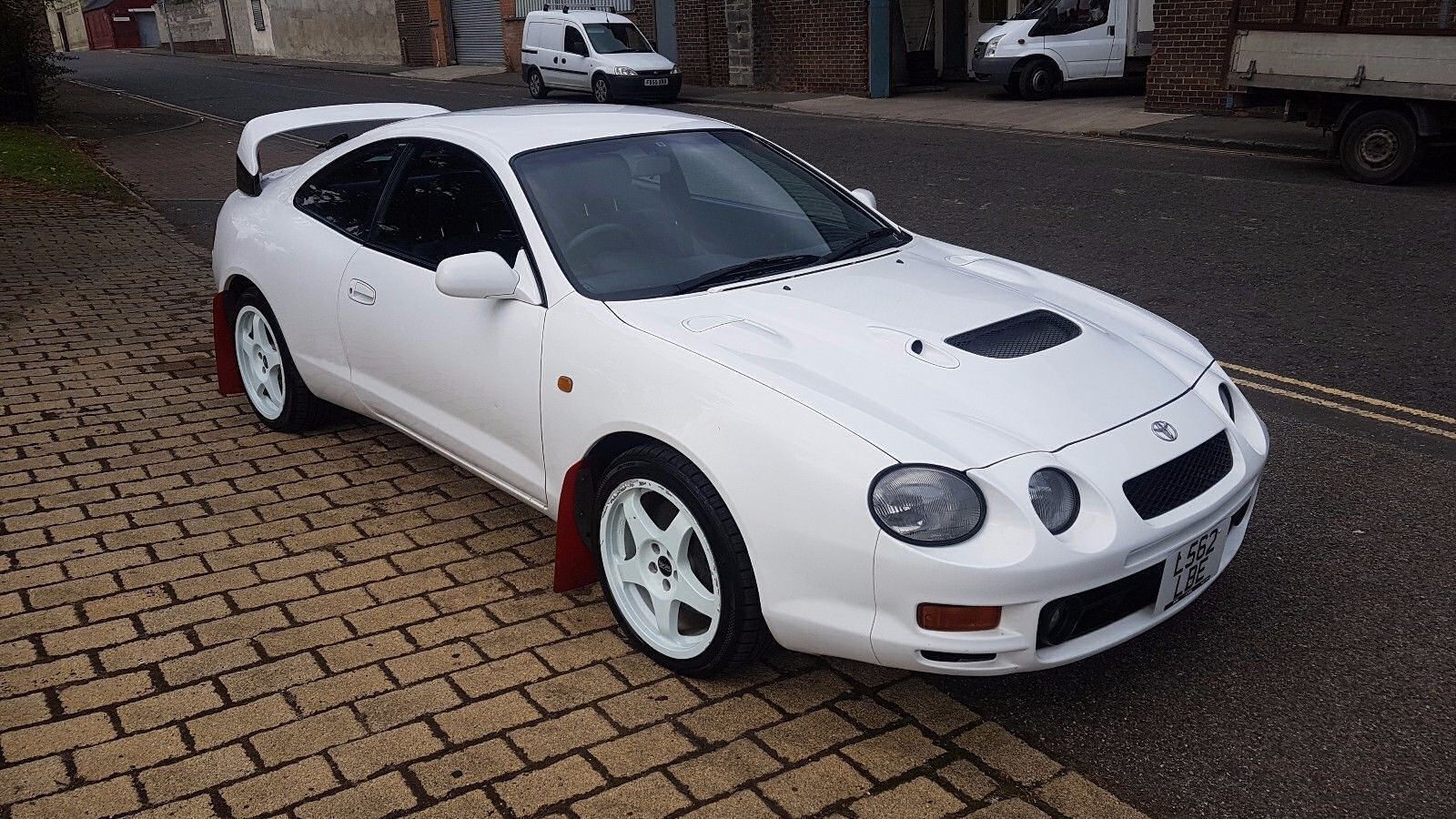
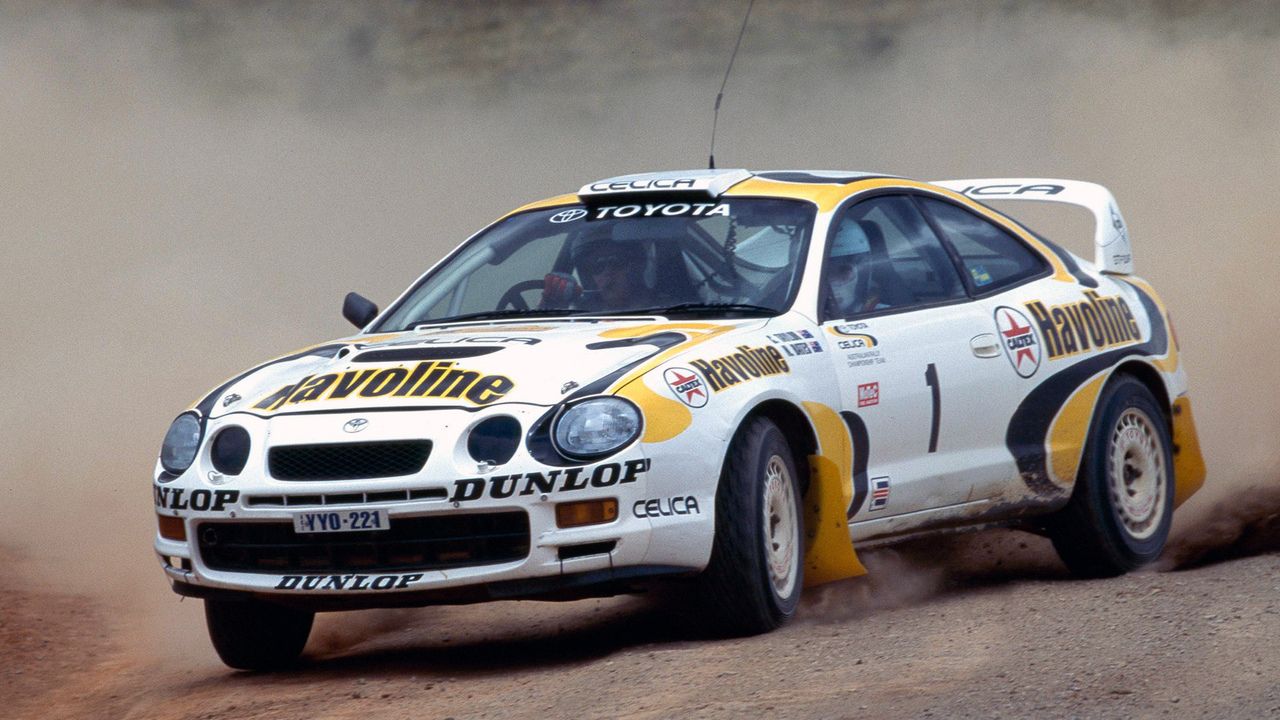
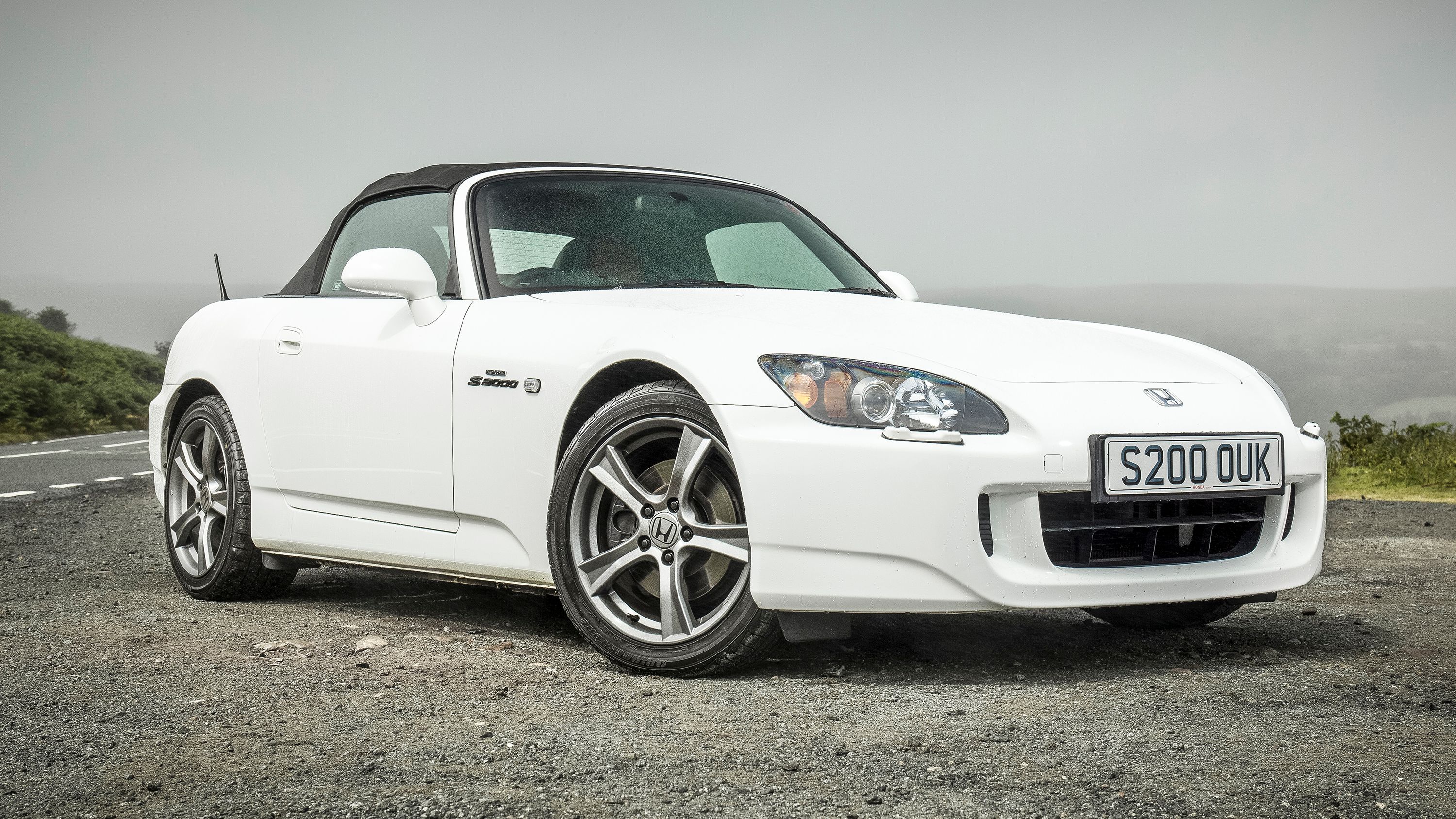
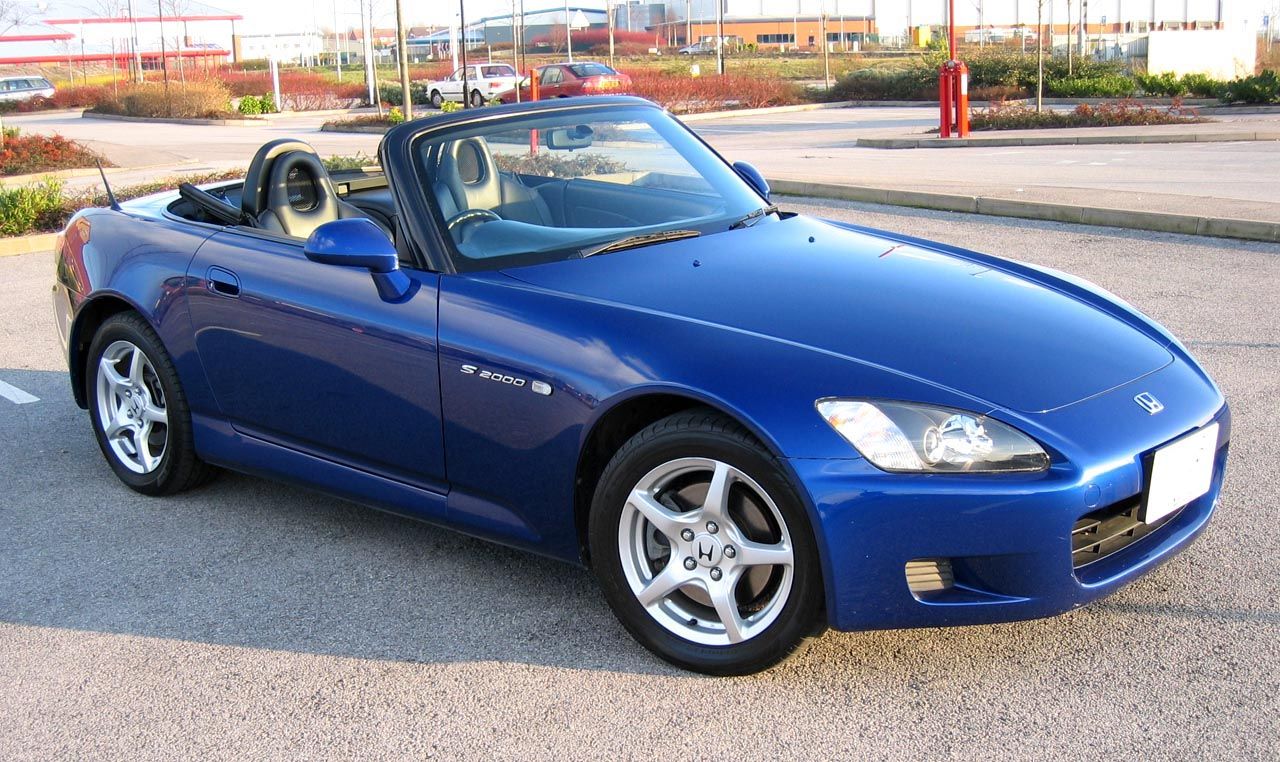
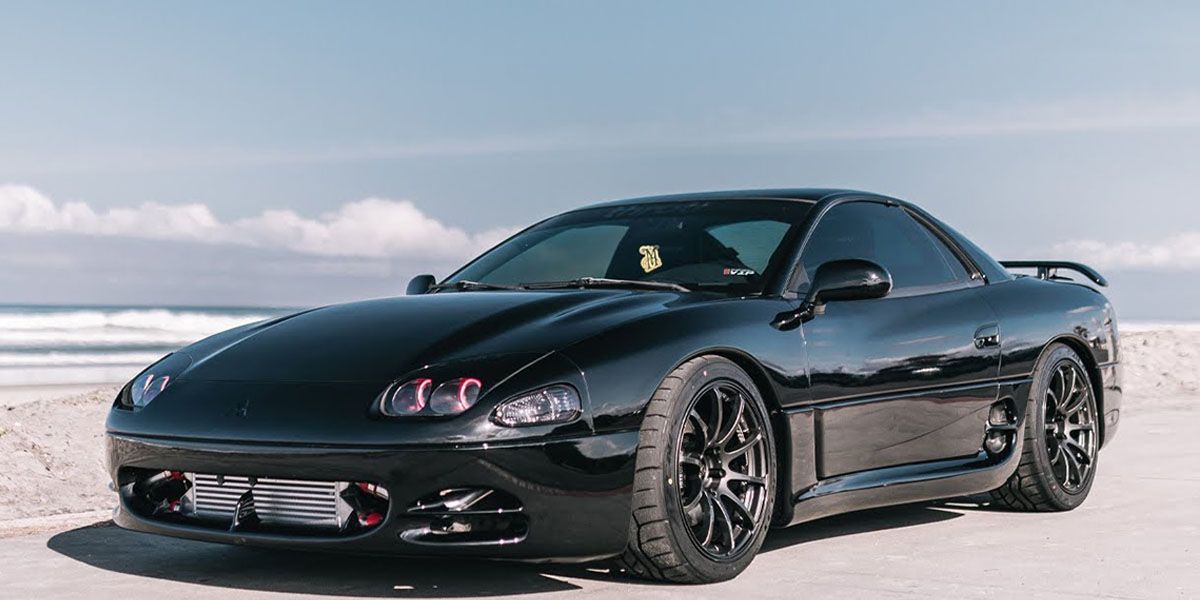
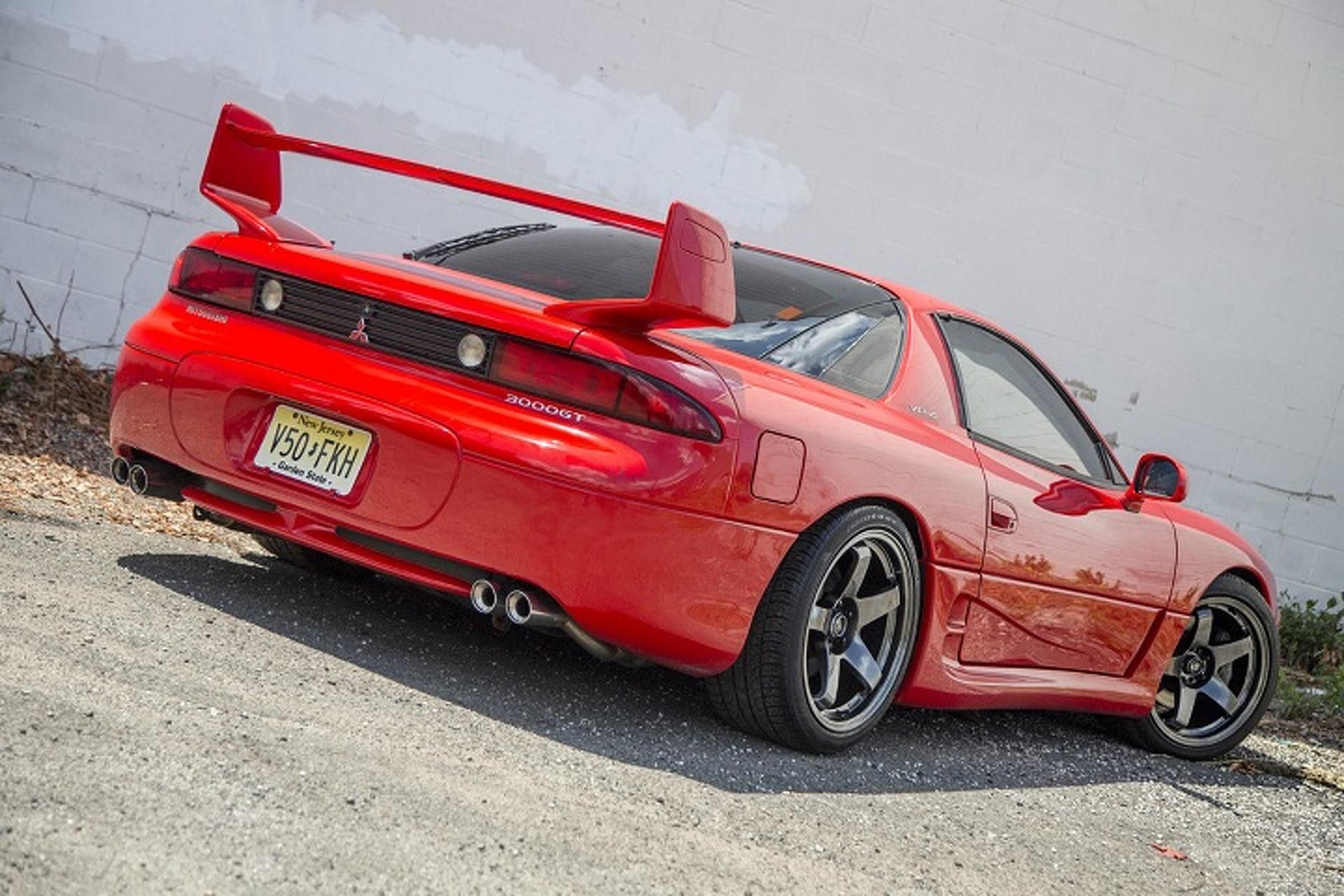
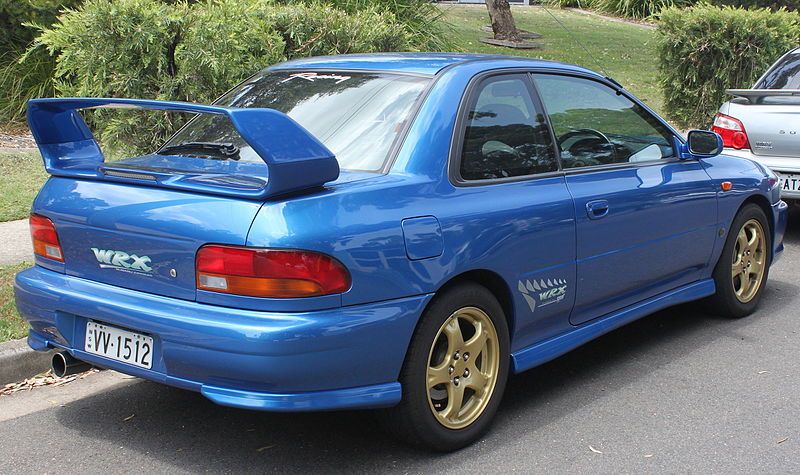
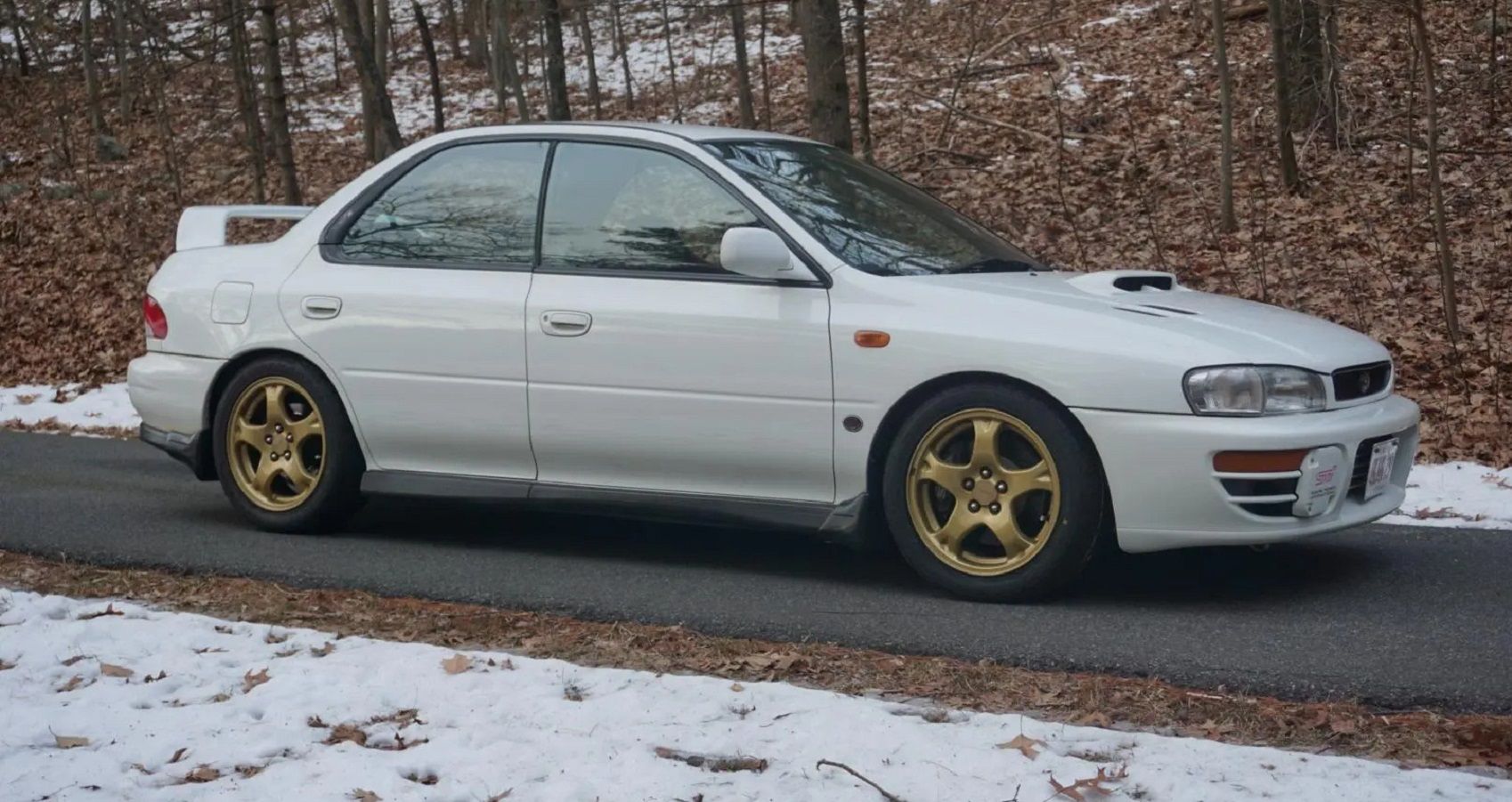
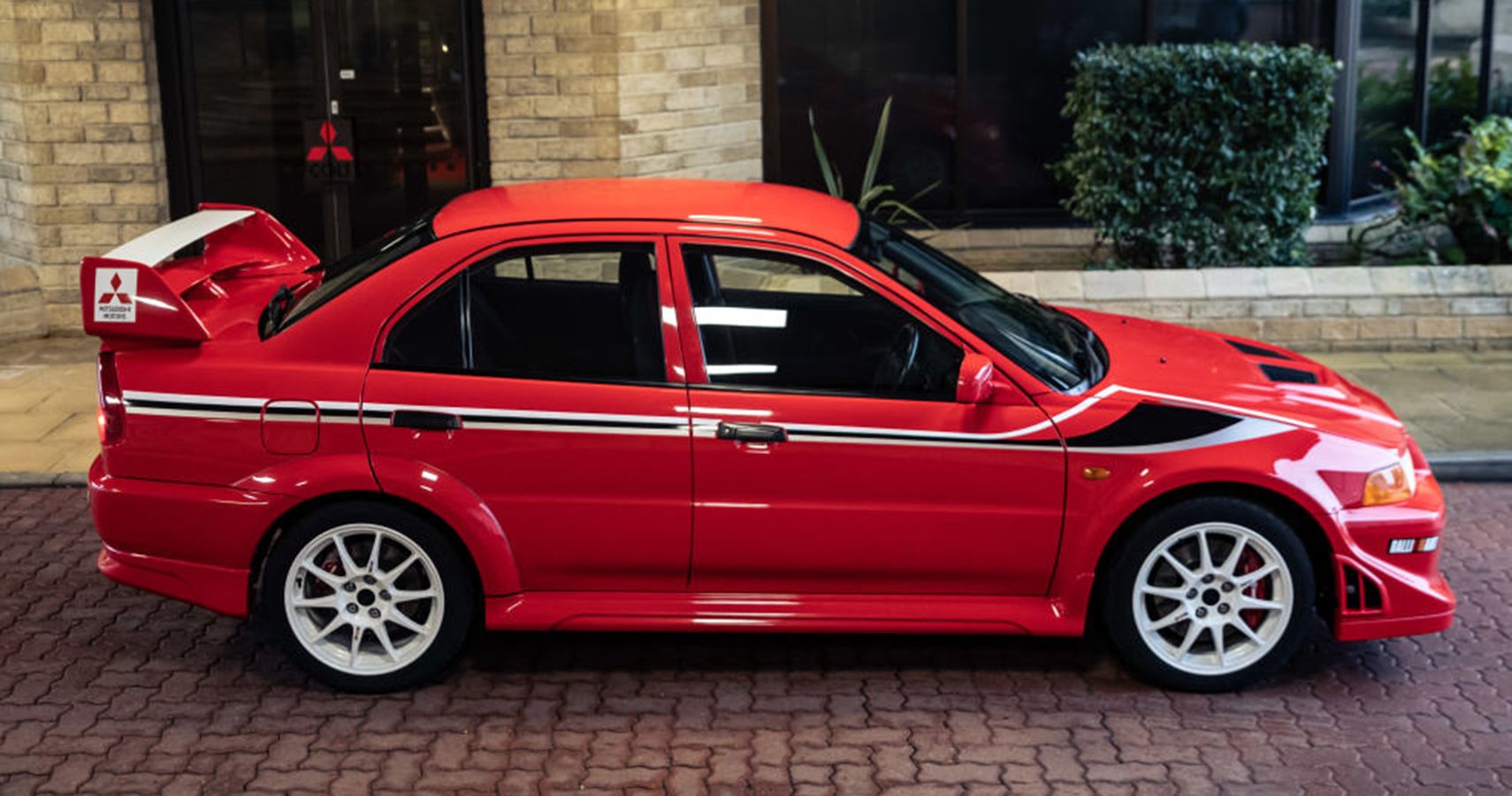
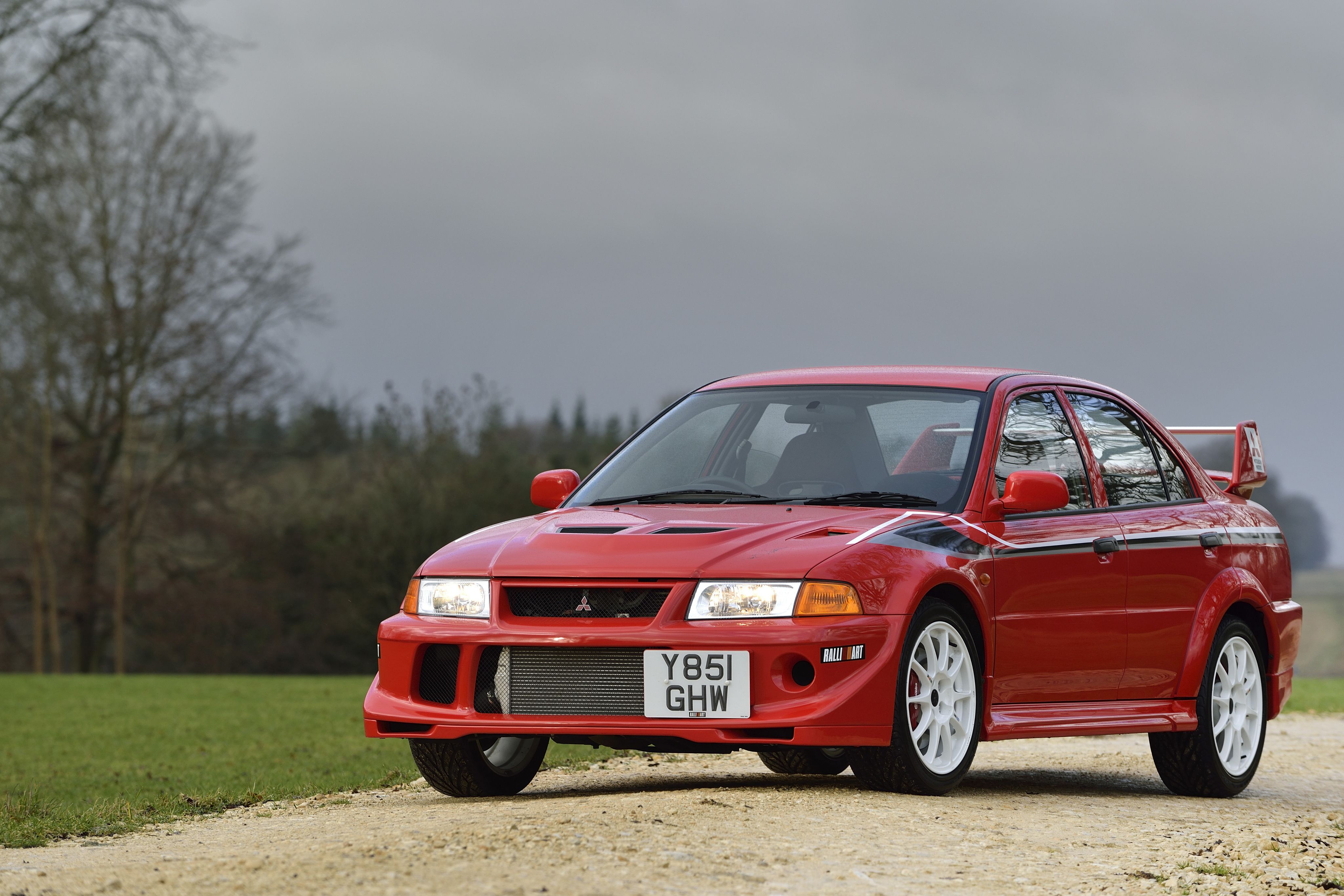
.jpg)
.jpg)
